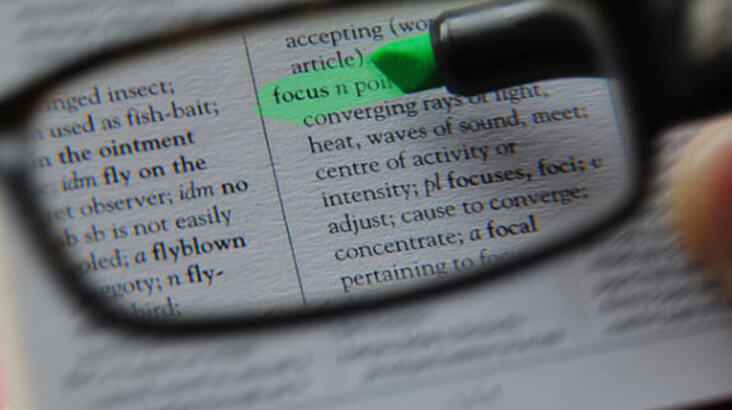
Eyes are the most sensitive parts in our child’s body. Babies are totally dependent upon us, their parents. They cannot tell us that their vision is not clear or that they have difficulty in focussing upon things. But you as a parent will be able to figure it out. Older children can communicate better. But then again, you need to be vigilant. Be sensitive to warning signs and symptoms like sitting close to the TV or finding it difficult to read, even squinting or rubbing the eyes always. Vision problems in children become obvious between approximately 1.5 and 4 years of age. Problems that are identified early have a greater possibility of being treated successfully. Moreover, children who suffer from vision problems tend to have issues with progress at school.
There are other symptoms as well:
If any of these symptoms surface or your child’s eyes seem to look different, do get their vision tested.
A few points that need to be kept in mind are that up to about 3 months, our baby’s eyes tend to appear a little misaligned; there might be a little squint. Once they turn about 3 months old, they should be able to follow objects, like toys, successfully with their eyes, as it moves from one side to the other. Our baby should be able to establish eye contact and should be able to see clearly. If you sense any problem, whatsoever, visit your baby’s paediatric ophthalmologist. Remember the old adage, “a stitch in time saves nine”.
So parents, stay informed, be careful. Follow your child’s ophthalmologist’s advice, always. Avoid being casual about it. Moreover
, healthy food habits, appropriate physical activity and the requisite amount of sleep ensure that our children are healthy, head to toe.
Happy seeing ☺